 According to Joyce, epiphany is when one views an artwork and sees the whole, in which, through the relationship of part to part, parts to whole, whole to frame, a fortunate rhythm is struck, and the beholder says "Ah." This happens in cycling too, and not only on special or exceptional rides.
According to Joyce, epiphany is when one views an artwork and sees the whole, in which, through the relationship of part to part, parts to whole, whole to frame, a fortunate rhythm is struck, and the beholder says "Ah." This happens in cycling too, and not only on special or exceptional rides. The composition of such a ride (work of art) is itself a whole of relationships, part to part, parts to whole, the rhythm, the rhythm, the rhythm. Sometimes the fluid thrust is just right, and one soars almost effortlessly. This lack of visible effort is one of the elements of gracefulness. Graceful transitions in art, the meeting of torso and hips in sculpture, for example, exist in cycling too. Carrying oneself through a corner, knowing when to quit pedaling and to lay it over, gently carving through, and then unnoticeably sending the right amount of energy into the pedals again, is grace in resumption, in motion.
The composition of such a ride (work of art) is itself a whole of relationships, part to part, parts to whole, the rhythm, the rhythm, the rhythm. Sometimes the fluid thrust is just right, and one soars almost effortlessly. This lack of visible effort is one of the elements of gracefulness. Graceful transitions in art, the meeting of torso and hips in sculpture, for example, exist in cycling too. Carrying oneself through a corner, knowing when to quit pedaling and to lay it over, gently carving through, and then unnoticeably sending the right amount of energy into the pedals again, is grace in resumption, in motion. Equally important is the well-timed shift that allows power to be sublimated, to be beautified. Not here the raw violence of sheer power, but rather the divinity of power under control, harnessed into something beyond the everyday. In this the rider is the deity, the cycle the vessel.
Equally important is the well-timed shift that allows power to be sublimated, to be beautified. Not here the raw violence of sheer power, but rather the divinity of power under control, harnessed into something beyond the everyday. In this the rider is the deity, the cycle the vessel. Above all, the well-chosen line is, as in the fine arts, the sign of mastery. Simply doing something so integral so competently brings a welling-up of satisfaction. In some way, the line seems to reveal itself. Like most discoveries, it's a matter of seeing that which is right in front of your face.
Above all, the well-chosen line is, as in the fine arts, the sign of mastery. Simply doing something so integral so competently brings a welling-up of satisfaction. In some way, the line seems to reveal itself. Like most discoveries, it's a matter of seeing that which is right in front of your face. On such happy (and here I mean happy in the eighteenth century sense) rides, everything contributes to a whole, harmonic articulation ~ the fluid thrust, the corners, the shifting, the line. Rides like these usually result in ecstatic laughter or blissful exhaustion.


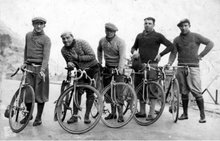















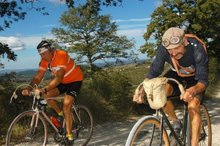














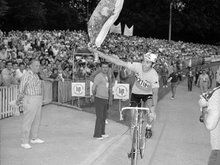
.jpg)


















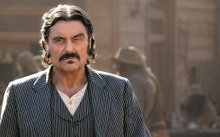
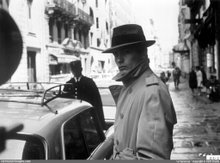


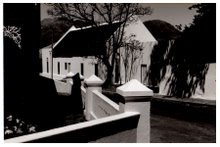





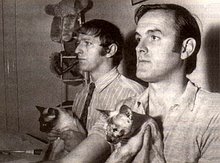
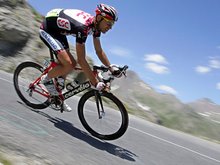
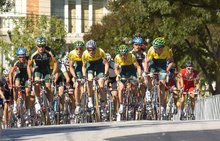
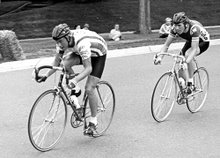

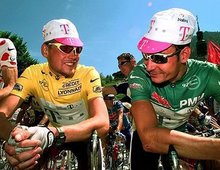




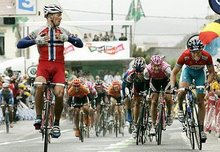
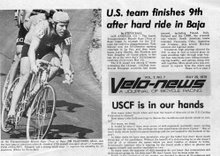
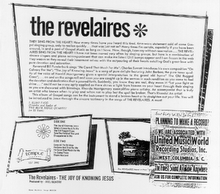




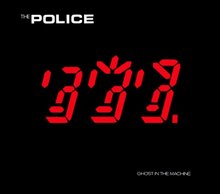


.jpg)
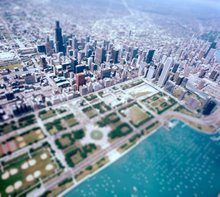
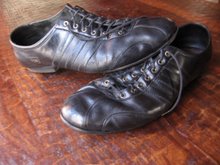




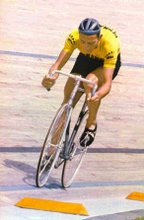




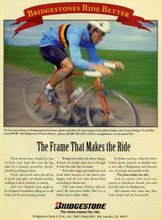


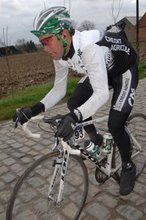
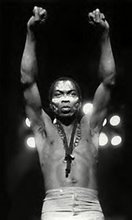
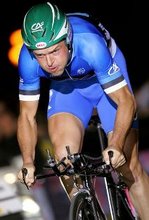



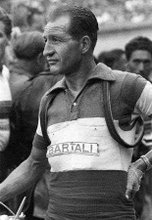
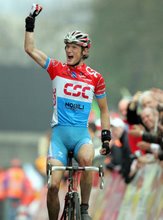

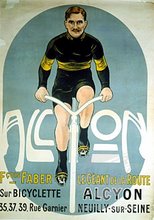




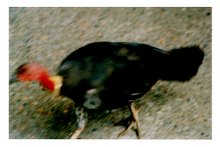


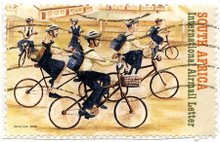












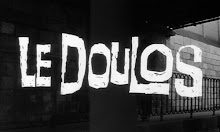






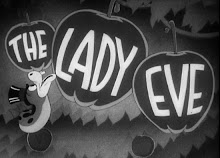







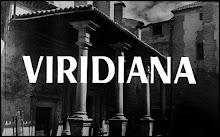





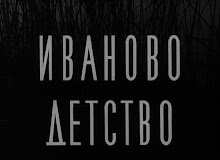















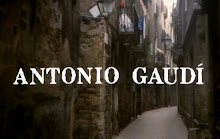






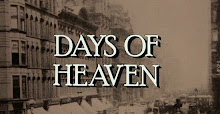


.jpg)




.jpg)



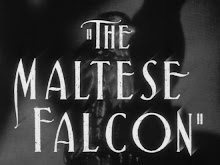




No comments:
Post a Comment